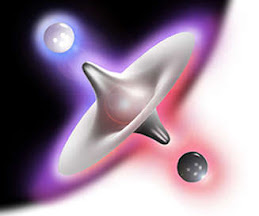


MINERAL RESOURCES CAN BE DEFIND AS naturally occuring substancess that extracted from the Earthand are useful as fuels and raw matirials. Coal, oil, and gas - collectively called fossil fuels - are commonly included in this group, but are not strictly minerals, because they are of organic origin. Coal formation begins when vegetation is buried and party decomposed to form peat. Overlaying sediments compress the peat and transform it into lignit (soft browl coal). As the overlying sediments accumulate, increasing pressure and temparature eventually transform the lignite into bituminous and hard anthracite coals. Oil and gas are usually formed from organic matter that was deposited in marine sediments. Under the effects of heat and pressure, the compressed organic matter undergoes complex chemical changes to form oil and gas. The oil and gas percolate upwards through water-saturated, permeable rocks and they may rise to the Earth's surface or accumalate below an impermeable layer of rock that has been folded or faulted to form a trap - an anticline (upfold) trap, for example. Minerals are inorganic substances that may consist of a single chemical element, such as gold, silver, or copper. or combinations of elements. Some minerals are cooncentrated in minerization zones in rock associated with crustal movements or volcanic activity. Others may be found in sedimentals as placer deposits-accumulations of high-density minerals that have been waethered out of rocks, transported, and deposited (on river-beds, for example)



